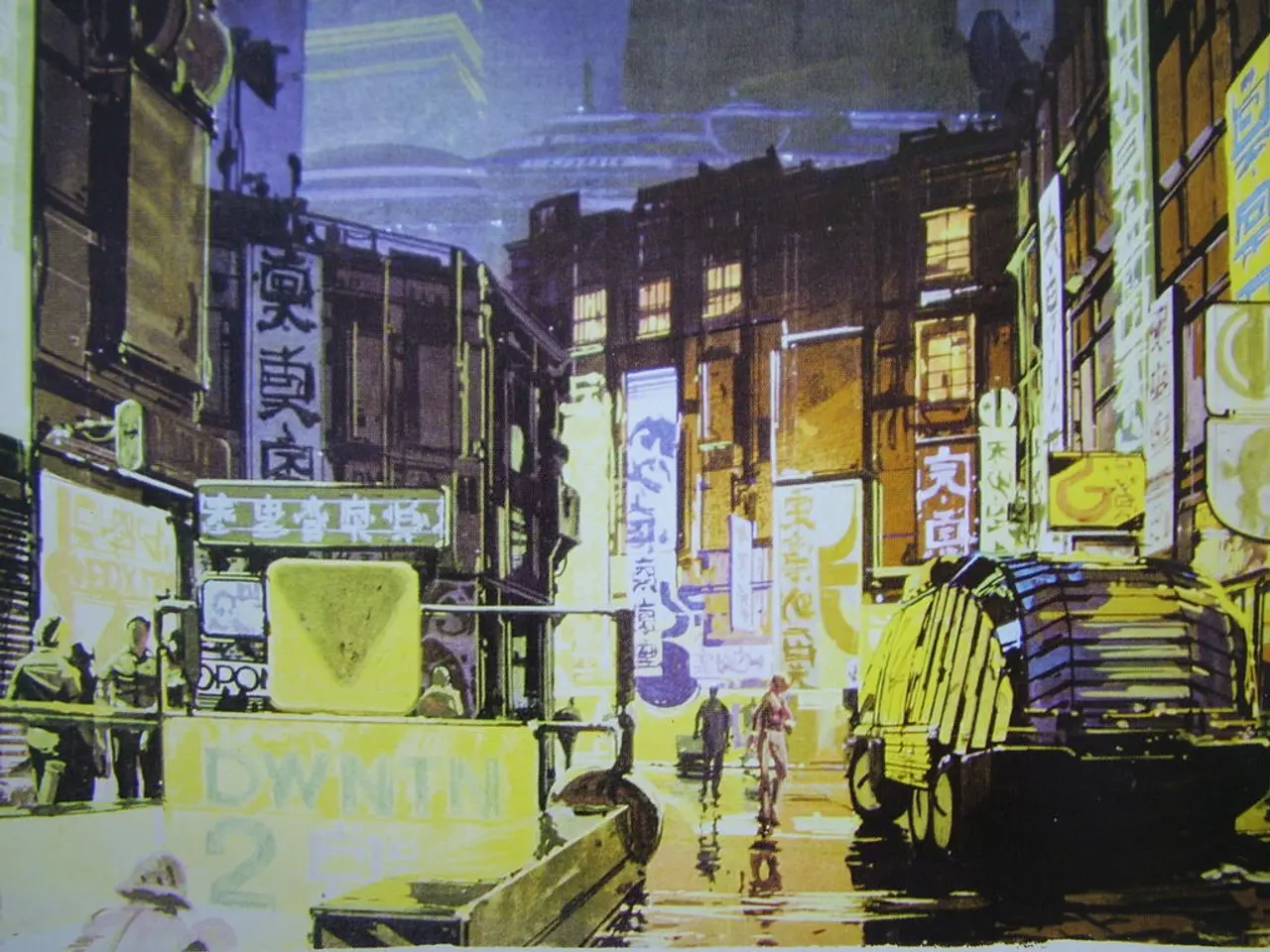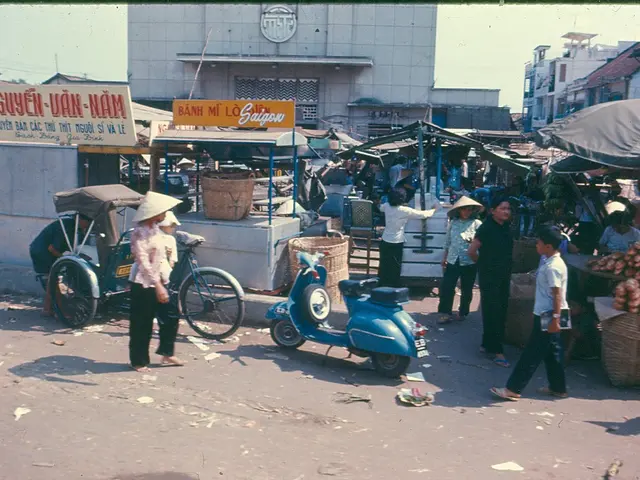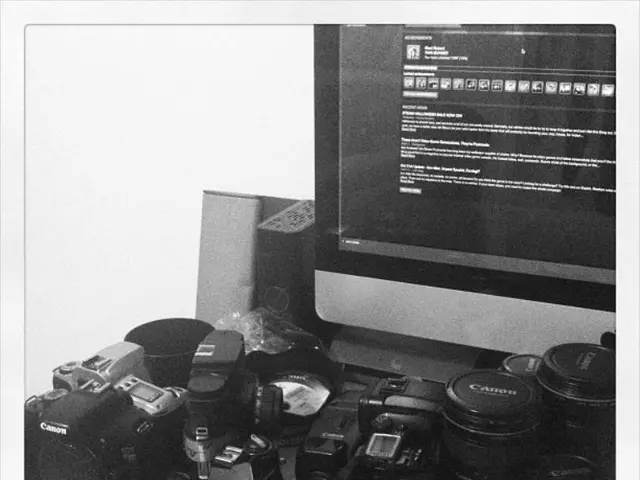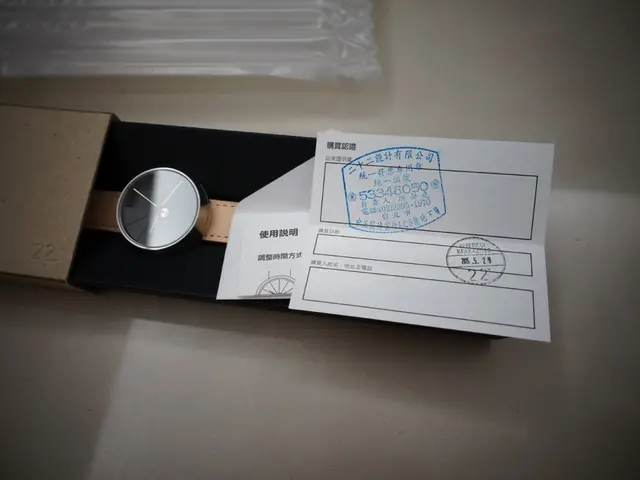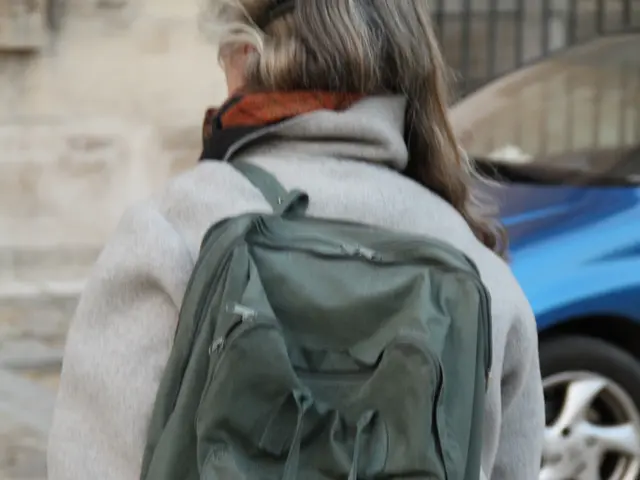MIT Introduces Graffiti: A New Framework for Personalized, Interoperable Social Apps
Researchers from the Massachusetts Institute of Technology (MIT) have introduced Graffiti, a novel framework designed to simplify the creation of personalized social applications. This innovative tool aims to give users control over their own designs and data, fostering a more decentralized and interoperable social media landscape.
Graffiti empowers users by shifting the design process from a top-down approach to a user-centric one. The framework enables users to migrate between different applications without losing their friends or data, promoting a seamless and continuous social experience.
The protocol ensures all applications built using Graffiti can interoperate. This means content posted on one application can appear on any other, fostering a rich and interconnected social ecosystem. Moreover, users retain control of their data, which is stored on a decentralized infrastructure rather than being held by a specific application. This decentralization also ensures no single entity has the power to set a moderation policy for the entire platform.
The development of Graffiti was a collaborative effort between the Schmellwitzer Oberschule, the district management, and external artists André Schulze and Johannes Mattner, supported by the German federal government's Startchancen program. Currently, the researchers are running a user study to explore the potential impacts of Graffiti on the social media landscape.
Graffiti, with its flexible structure and user-centric design, enables the creation of various customized applications using only front-end development tools like HTML. The researchers hope that by giving users control over their data and designs, Graffiti can lead to healthier online interactions and a richer social ecosystem.
